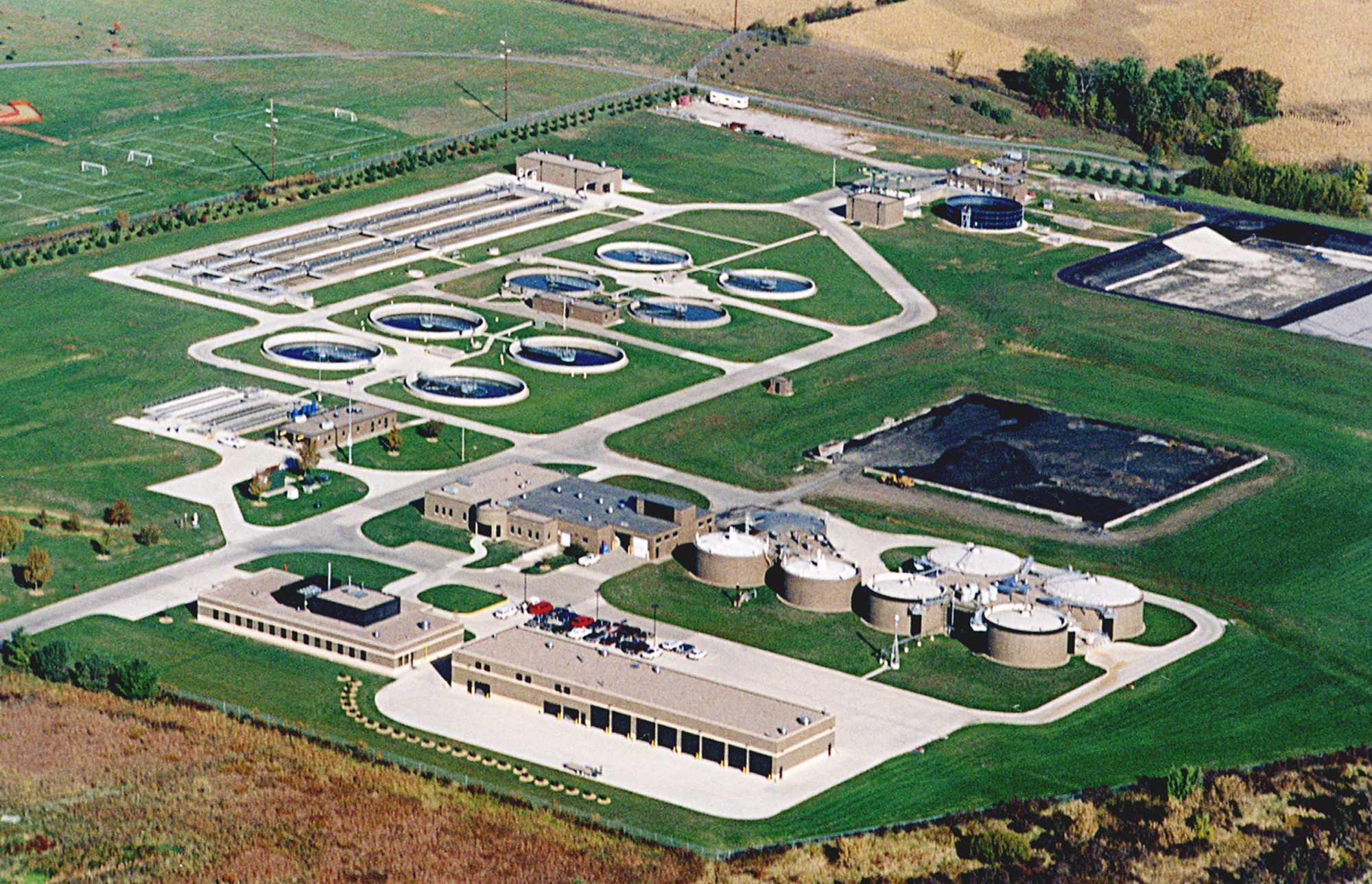The municipal treatment plant for Iowa City, Iowa has 15 mgd (million gallons per day) of treatment capacity between two plants. The system serves a population of 67,000, a wastewater treatment plant (WWTP) population equivalent of 120,000 since the system services all of Iowa City and small town of University Heights as well as the University of Iowa with a student population of almost 30,000.
The City had been staffing their WWTP system 24/7, but could see that with the SCADA upgrades the night operator was unproductive and bored. The overnight position was difficult to keep staffed and if a dramatic event occurred at either facility, the night shift operator would likely be unable to handle it himself.
“Once we upgraded our SCADA, we were close to letting the SCADA handle the plant at night, but we didn’t have the key pieces. We needed to work out a system for reliable notifications, that’s where WIN-911 came in,” said Dave Elias, Wastewater and Landfill Superintendent for Iowa City. “We have been relying on the WIN-911 system and staffing our facilities only 10 hours per day since September 2006. It’s a computer babysitter.”

Iowa City runs an IFix 5.5 SCADA system with three nodes operating in three different locations via a local area network. WIN-911 is set to run 1900 alarms ranging from monitoring tank levels and flow failures to building temperatures and rises in plant conditions. To ensure full coverage, the municipality runs a backup copy of WIN-911 on a separate PC in another location.
The WWTP facility’s two plants are five miles apart, with one operator on duty on the weekend. With WIN-911 on alert, that operator can be more productive, monitoring plant conditions in one location while at another.
“It’s helpful for operations to be away from the computer system to respond to any alerts, but still see if any other conditions are raised while they aren’t near the computer,” said Albert Figueroa, Senior Treatment Plant Operator.
WIN-911 was called into action when a waterline broke in the basement of one of the WWTP buildings, triggering an alert. “WIN-911 sent us cell phone notifications and we had an early warning to respond,” said Elias.
WIN-911’s intelligent decision matrix also allows the City to categorize alerts, recognizing urgent responses from less immediate concerns. The urgent alerts are sent as text messages to the maintenance staff on-call cell phone, where WIN-911 makes it easy for that employee to call for additional assistance, if needed. The less urgent alerts are sent to the maintenance supervisor’s computer station, where items are evaluated and prioritized for action.
“WIN-911 sends different levels of response based on the issue,” added Figueroa. “We also receive early warnings, which allow us to start investigating before issues become big problems.”
Said Elias, “WIN-911 has given us the ability to respond early. It’s robust as a warning system. If one alarm doesn’t get your attention, the next ten will.”